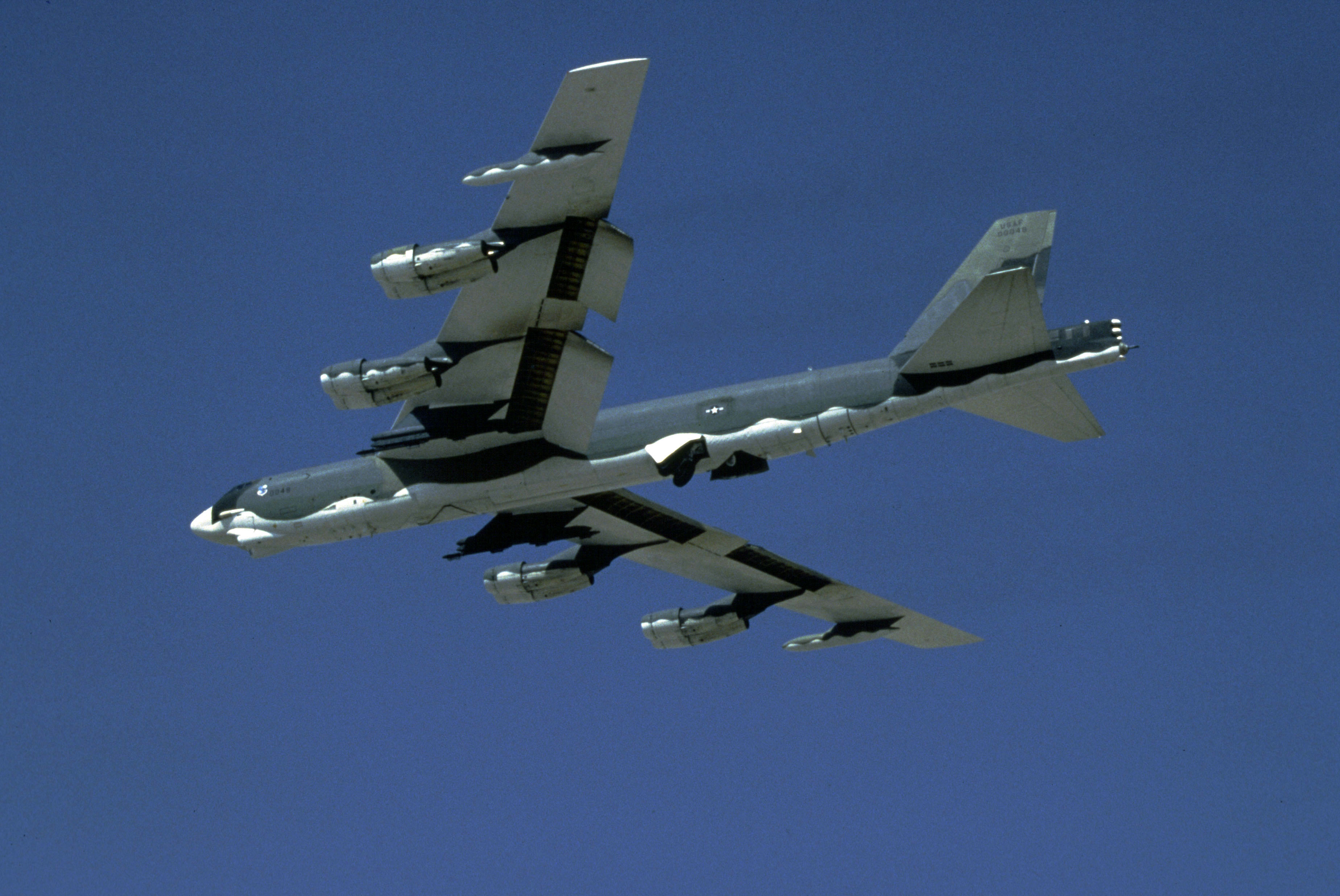The US has moved its USS Seawolf Submarine at Norwegian port in the Arctic to match the expanding Russian fleet in the region. “The Seawolf-class fast-attack submarine USS Seawolf (SSN 21) is operating in the U.S. 6th Fleet area of operations and conducted a brief stop for personnel in the vicinity of Tromso, Norway,” the US Navy confirmed in a statement.
Indian Border Forces To Get Latest Anti-Drone Weapons To Guard Kashmir, Punjab From Pakistan
“Seawolf’s deployment from Bangor, Washington, to the U.S. Sixth Fleet demonstrates the submarine force’s global reach and commitment to provide persistent and clandestine undersea forces worldwide to execute our unique missions with unrivalled readiness,” said Vice Adm. Daryl Caudle, the commander of U.S. submarine forces.
Following the results of the recent rigged elections in Belarus, huge public protests were seen in the country with police and protestors violently clashing with each other. Belarus has asked for Russia’s intervention under certain conditions. The Russian Navy has recently staged a mock amphibious landing on an Arctic island. The Russian air force is also expanding its airfields in the far north.
US Navy has also flown its six U.S. Air Force B-52 bombers to the UK. David Axe of Forbes explained that while flying the bombers, Norwegian air force with its F-16 fighters formed up alongside the B-52s and the bombers passed through Norwegian air-space on their way from Minot Air Force Base in North Dakota to the Royal Air Force base at Fairford.
“Our ability to quickly respond and assure allies and partners rests upon the fact that we are able to deploy our B-52s at a moment’s notice,” Gen. Jeff Harrigian, U.S. Air Forces in Europe and Air Forces Africa commander, said in a statement.
“Their presence here helps build trust with our NATO allies and partner nations and affords us new opportunities to train together through a variety of scenarios,” Harrigian added.
According to Axe, the current Arctic tussle is similar to the Cold War era. “The US and Russia both operated forces in the Arctic. B-52 crews trained to cross the North Pole in order to drop atomic bombs on the Soviet Union. The Navy designed the three-ship Seawolf-class specifically for hunting Soviet ballistic-missile submarines hiding out under the Arctic ice,” he wrote.
Earlier in June, US President Donald Trump released its first presidential memo on the Arctic. The memo called on executive departments to devise a strategy to launch three heavy icebreakers by 2029 and establish two domestic and two international support bases. According to the Arctic Institute paper, Congress and now the White House have agreed on the need for six new “polar security cutters” (PSC) to address the U.S.’s icebreaker deficiency, especially vis-à-vis Russia. Russia already operates about 40 icebreakers, nine of which are nuclear-powered, and is soon to add almost a dozen more.
Another country that has alarmed the Trump administration is the “China threat” in the Arctic. The White House ordered the US government to “evaluate defensive armament adequate to defend against threats by near-peer competitors” a term the Pentagon uses for both China and Russia.
“You’d be alarmed at the amount of Chinese activity off the coast of Norway,” stated Navy Secretary nominee Kenneth Braithwaite indicating some officials’ attention to Chinese activity up north.





